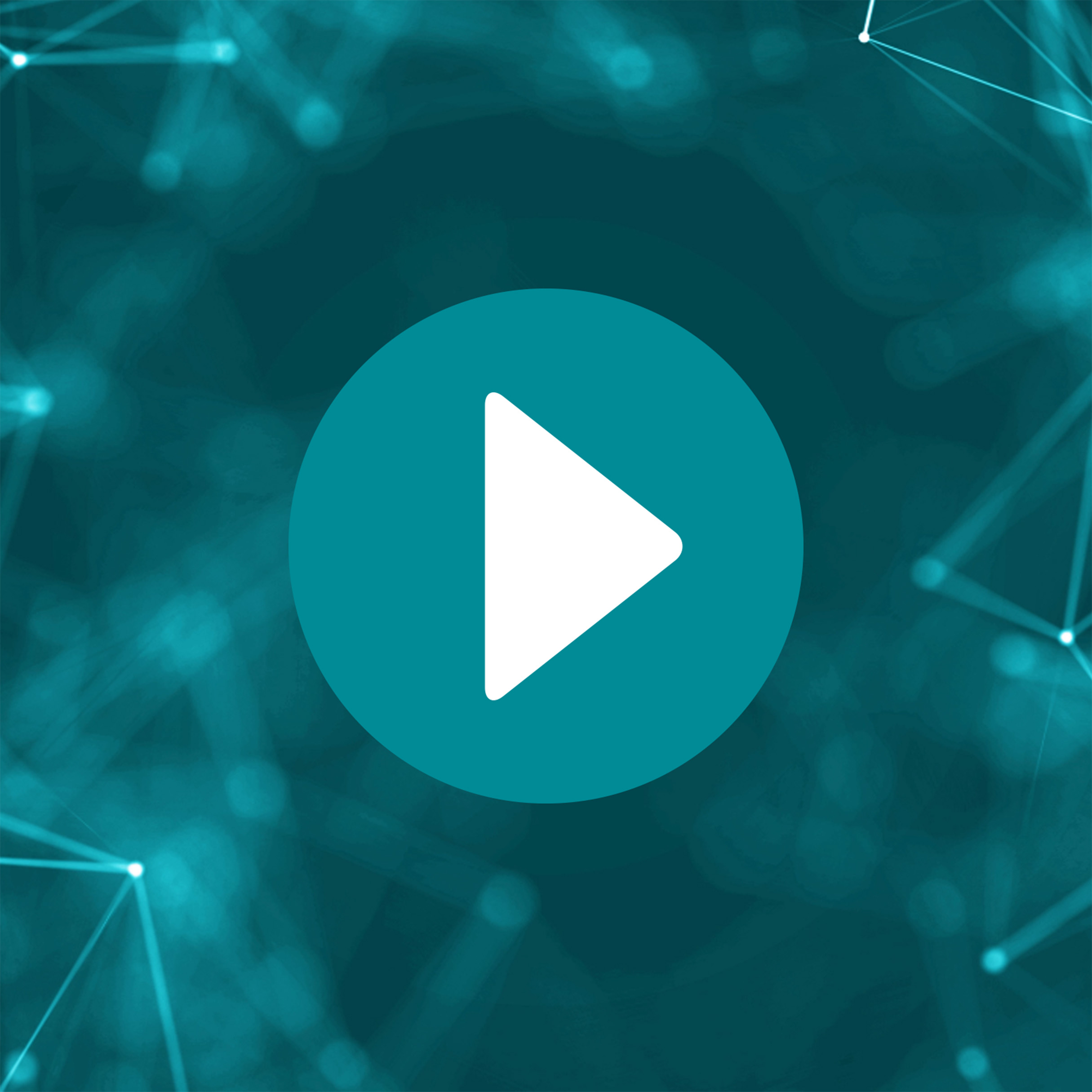Product information "Acute Bacterial Endocarditis"
Clinical History
A 15-year-old boy presented with cough and sputum, then developed a hectic fever and chest pain days before admission in a comatose state. Examination revealed an early diastolic murmur at the aortic area radiating down the left sternal edge. Despite antibiotic treatment, he deteriorated rapidly and died. Blood cultures grew Staphylococcus aureus.
Pathology
The small heart specimen shows the left ventricle and valves. The non-coronary cusp of the aortic valve is ulcerated, perforated, and covered with friable vegetations. A perforation extends below this cusp into the right atrium above the tricuspid valve. Another aortic cusp is thickened. This represents acute bacterial endocarditis with aortic cusp and atrioventricular perforations.
Further Information
Acute bacterial endocarditis is a severe infection of the heart valves or endocardium, usually requiring prior damage to the endothelial lining for bacteria or fungi to adhere. Staphylococcus aureus is highly virulent and can infect even normal valves. The infection leads to platelet-fibrin aggregation forming vegetations, which grow due to coagulation activation and inflammation. These vegetations can embolize, spreading infection to distant organs. Risk factors include valvular disease (e.g., rheumatic or congenital heart disease), prosthetic valves, or previous cardiac procedures. Diagnosis involves clinical exam, blood cultures, and echocardiography (transthoracic and transoesophageal). Treatment consists of antibiotics, anticoagulants, and sometimes surgery.
A 15-year-old boy presented with cough and sputum, then developed a hectic fever and chest pain days before admission in a comatose state. Examination revealed an early diastolic murmur at the aortic area radiating down the left sternal edge. Despite antibiotic treatment, he deteriorated rapidly and died. Blood cultures grew Staphylococcus aureus.
Pathology
The small heart specimen shows the left ventricle and valves. The non-coronary cusp of the aortic valve is ulcerated, perforated, and covered with friable vegetations. A perforation extends below this cusp into the right atrium above the tricuspid valve. Another aortic cusp is thickened. This represents acute bacterial endocarditis with aortic cusp and atrioventricular perforations.
Further Information
Acute bacterial endocarditis is a severe infection of the heart valves or endocardium, usually requiring prior damage to the endothelial lining for bacteria or fungi to adhere. Staphylococcus aureus is highly virulent and can infect even normal valves. The infection leads to platelet-fibrin aggregation forming vegetations, which grow due to coagulation activation and inflammation. These vegetations can embolize, spreading infection to distant organs. Risk factors include valvular disease (e.g., rheumatic or congenital heart disease), prosthetic valves, or previous cardiac procedures. Diagnosis involves clinical exam, blood cultures, and echocardiography (transthoracic and transoesophageal). Treatment consists of antibiotics, anticoagulants, and sometimes surgery.
Erler-Zimmer
Erler-Zimmer GmbH & Co.KG
Hauptstrasse 27
77886 Lauf
Germany
info@erler-zimmer.de
Achtung! Medizinisches Ausbildungsmaterial, kein Spielzeug. Nicht geeignet für Personen unter 14 Jahren.
Attention! Medical training material, not a toy. Not suitable for persons under 14 years of age.































